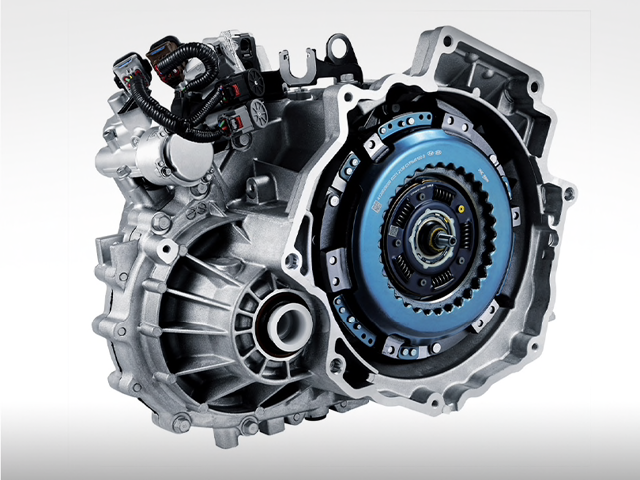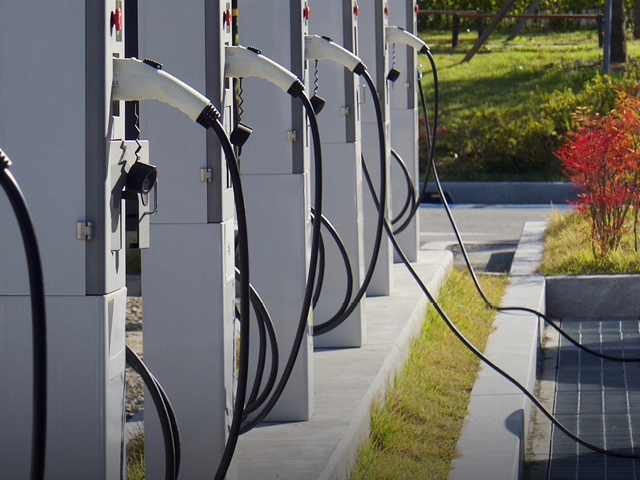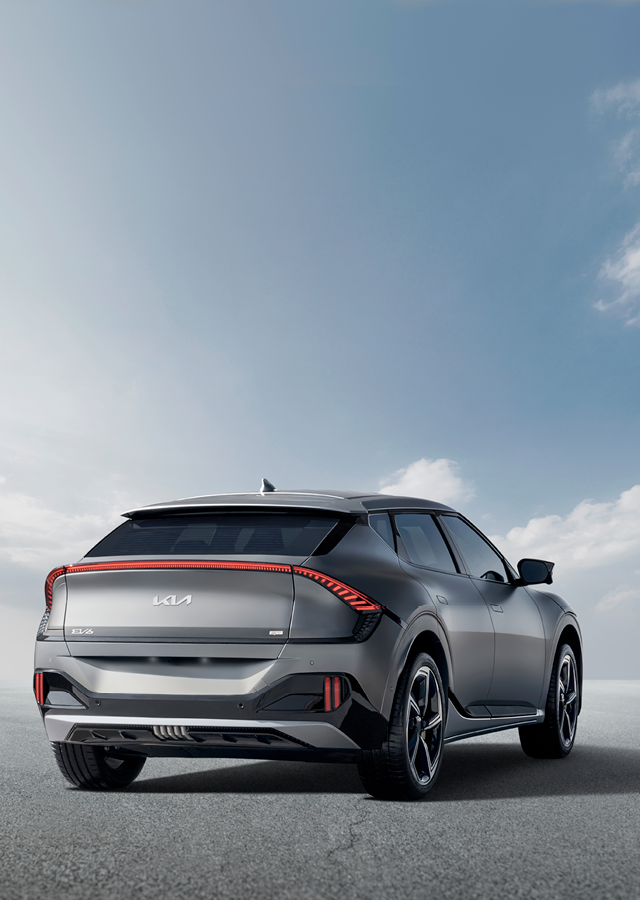Hybrids Simplified
Check your Hybrid IQ
Did you know?

Hybrid and EVs simplified.
Once you know, it’s easy to decide which is right for you.
These vehicles aren’t just easier on maintenance and fuel costs.
They’re easier on the planet, too.

Hybrid
A hybrid runs on a combination of electric motor and gas engine with battery assist. And the vehicle will choose the combination that delivers optimum performance. The battery is charged by drawing energy from the friction in moving parts of the vehicle – brakes, for example.
BENEFIT:
The ultimate in fuel efficiency and flexibility.

Hybrid Plug-In
These vehicles are also referred to as Alternate Fuel Vehicles, because they run on either battery or gas engine power. Once the battery is depleted, the gas engine takes over. The battery is charged with a standard outlet. Or for faster charging, install a wall charger.
BENEFIT:
Short-trip max efficiency. Long range flexibility with gas engine.

Electric Vehicle (EV)
Rechargeable battery powered engine. Oh, the myths!
MYTH 1: Reduced horsepower. They have slightly lower horsepower, because they don’t need it. An EV has no transmission or gears, so there’s less friction and less drain on horsepower.
MYTH 2: High maintenance? Just the opposite. Fewer moving parts means less to care for.
MYTH 3: Short range. If you drive several hundred miles a week this might not be your best option. But with Niro’s 230-mile range on a single charge – plenty of miles for average drivers.
MYTH 4: Plug-in is inconvenient and a hassle. Inexpensive charge stations can be installed at home. Or for slower overnight charging, plug into a regular outlet. On the go, most cities and garages are now required to offer charging stations. (And the parking situation is front-row!)


 Warranties include 10-year/100,000-mile powertrain and 5-year/60,000-mile basic. All warranties and roadside assistance are limited. See retailer for warranty details.
Warranties include 10-year/100,000-mile powertrain and 5-year/60,000-mile basic. All warranties and roadside assistance are limited. See retailer for warranty details.